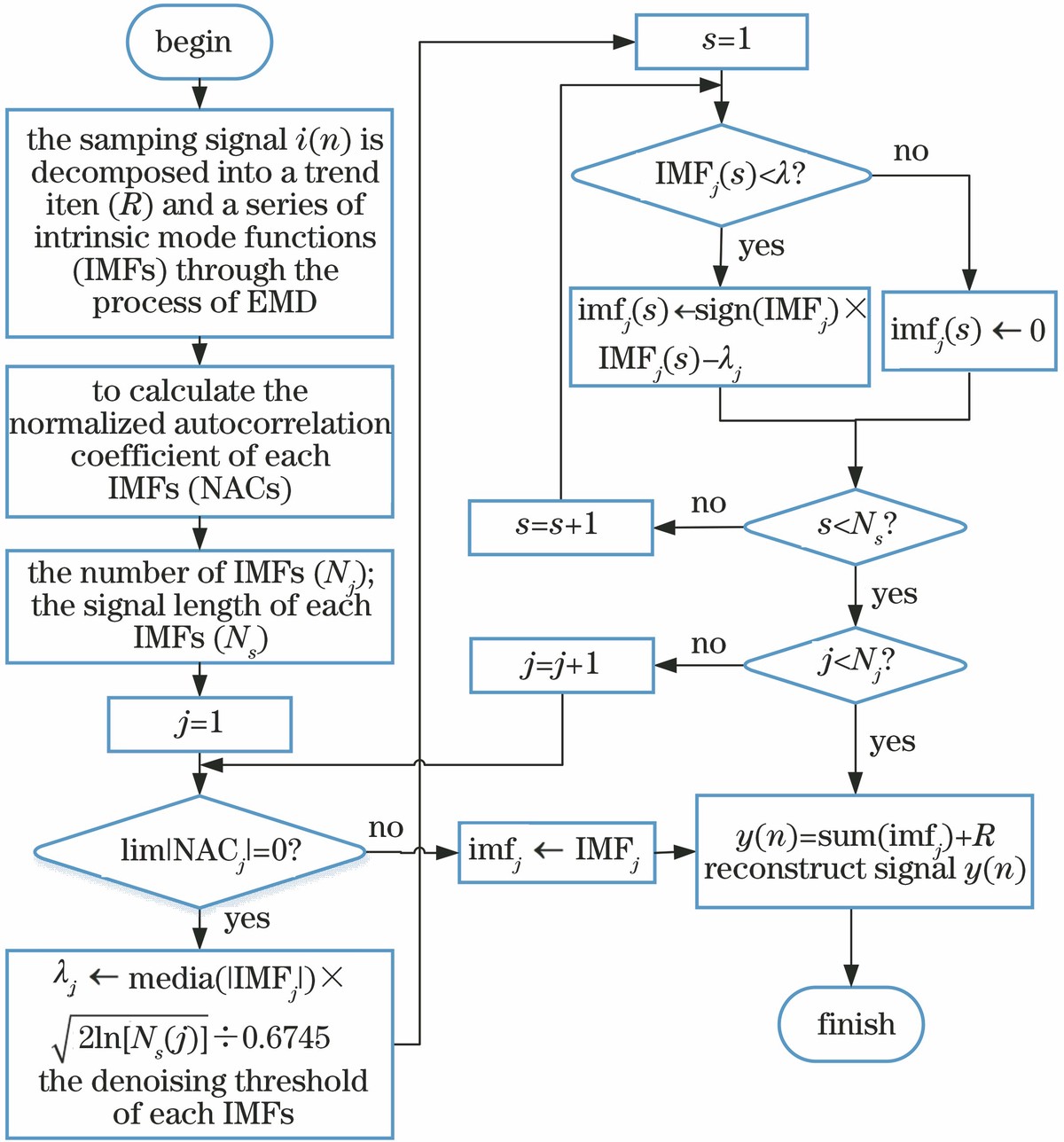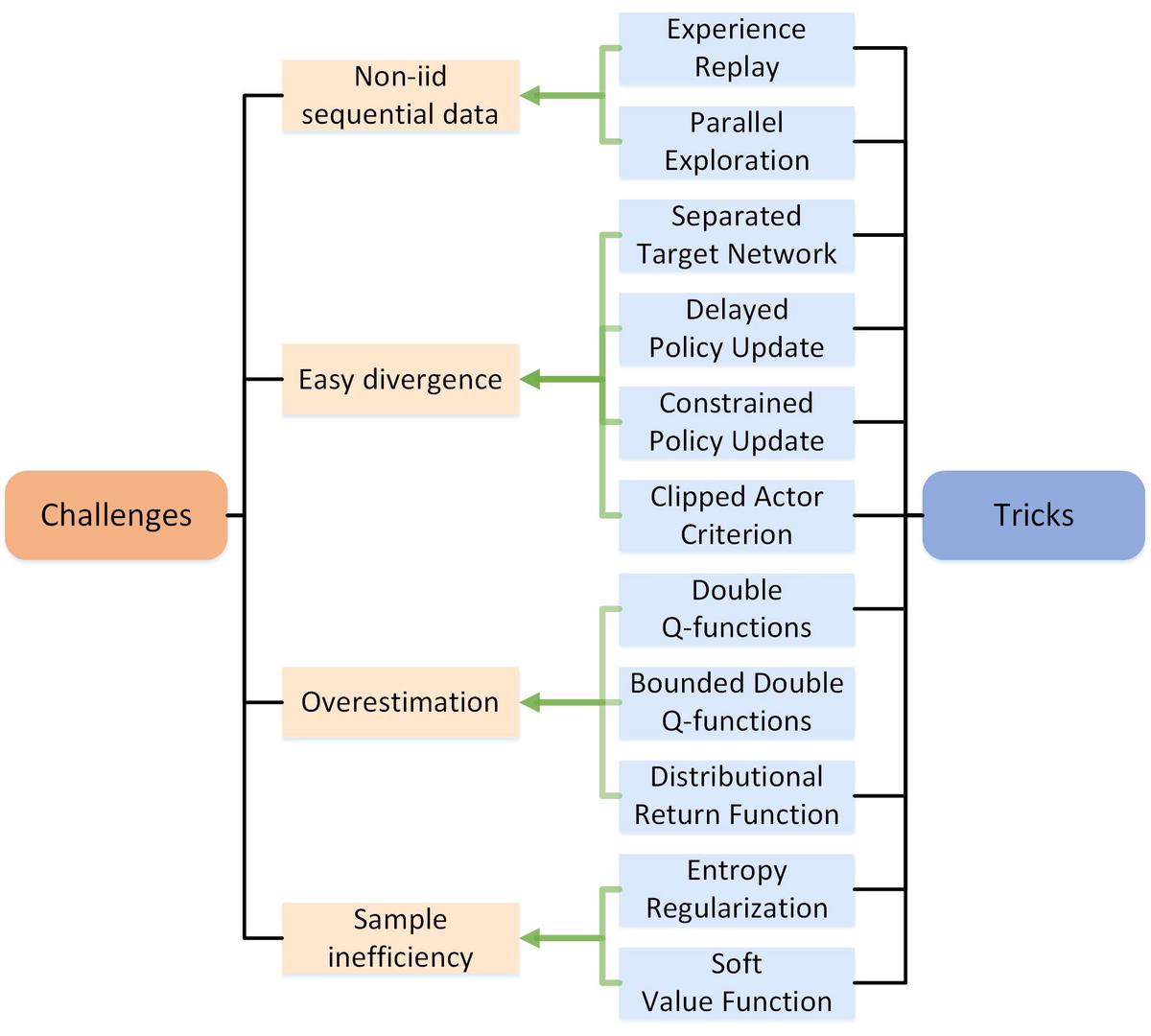================================
Factor models have become one of the most widely used frameworks in modern finance. From hedge funds and portfolio managers to retail investors exploring quantitative strategies, the use of factor models provides a structured way to explain returns, assess risks, and enhance portfolio performance. Designing a robust factor model implementation plan is essential for professionals who want to capture alpha, manage risk, and ensure consistency in their investment process.
This article explores in detail how to design and implement a factor model, compares different approaches, and provides practical insights based on experience and current industry practices.
Understanding Factor Models
What Are Factor Models?
Factor models explain the return of an asset or portfolio as a function of one or more risk factors. These factors can be macroeconomic (interest rates, inflation, GDP growth), fundamental (valuation ratios, profitability metrics), or statistical (principal components extracted from market data).
- Single-Factor Models: Rely on one explanatory factor, such as the CAPM using the market portfolio.
- Multi-Factor Models: Extend this by including style factors like value, momentum, size, or quality.
Why Factor Models Are Important
Factor models help investors understand the drivers of returns, improve diversification, and reduce unintended exposures. They also provide a foundation for systematic strategies and risk control. In practice, they form the backbone of quantitative risk management, alpha generation, and performance attribution.
Key Steps in a Factor Model Implementation Plan
1. Define Objectives
Before implementation, clarify the purpose of the factor model. Is it for risk management, performance attribution, or alpha generation? The objective shapes factor selection, data requirements, and model complexity.
2. Select Relevant Factors
Factors must be economically meaningful, measurable, and persistent. Common choices include:
- Market factor (systematic risk)
- Size (small vs. large firms)
- Value (book-to-market, earnings yield)
- Momentum (past returns as predictors)
- Quality (profitability, leverage, earnings stability)
- Volatility (low-vol vs. high-vol stocks)
3. Collect and Clean Data
Data quality is critical. Use standardized financial statements, market data, and alternative datasets. Missing values, survivorship bias, and look-ahead bias must be addressed.
4. Estimate Model Parameters
Techniques include:
- Time-Series Regression: Explains portfolio returns with factor exposures.
- Cross-Sectional Regression: Estimates factor risk premiums across assets.
- Bayesian Shrinkage or Regularization: Improves robustness when dealing with high-dimensional datasets.
5. Test and Validate the Model
Validation involves backtesting, out-of-sample testing, and cross-validation. Avoid overfitting by keeping models parsimonious and grounded in theory.
6. Integrate Into Portfolio Management
Factor exposures should guide portfolio construction, risk budgeting, and alpha signal integration. This is where models move from academic exercise to practical investment decision-making.
Comparing Two Implementation Approaches
Fundamental Factor Models
These models use accounting and market-based metrics such as P/E ratios, ROE, or debt-to-equity.
- Advantages: Intuitive, widely accepted, linked to fundamental valuation.
- Disadvantages: Data lags, subject to accounting manipulation, lower frequency.
Statistical Factor Models
These rely on mathematical techniques such as Principal Component Analysis (PCA) or Independent Component Analysis (ICA) to extract latent factors from historical returns.
- Advantages: Captures hidden structures, flexible, adaptive to changing markets.
- Disadvantages: Hard to interpret, factors may lack economic meaning, risk of instability.
Recommendation: The most effective approach often combines both—starting with fundamental factors for intuition and overlaying statistical factors for adaptability.

Practical Example: Designing a Multi-Factor Equity Model
A portfolio manager aiming to outperform a benchmark may include:
- Market factor to control systematic exposure.
- Value factor to identify undervalued stocks.
- Momentum factor to ride trends.
- Quality factor to avoid distressed firms.
- Volatility factor to balance risk-return.
By integrating these into a portfolio optimization framework, the manager can balance alpha generation with controlled risk exposures.
How to Evaluate a Factor Model
Understanding how to evaluate factor model performance is essential. Evaluation metrics include:
- Information Ratio (IR): Measures risk-adjusted active returns.
- Factor Return Consistency: Checks persistence of factor premia.
- Attribution Analysis: Explains portfolio returns by factor exposures.
- Out-of-Sample R²: Assesses predictive power beyond the training set.
Performance monitoring should be ongoing, with adjustments made as new economic regimes emerge.
Visual Insights
Factor exposure dashboards help investors monitor portfolio sensitivities.
Visualizing allocation by factor improves transparency for risk managers and clients.
Quantitative teams integrate data pipelines with factor-based strategies.

Integration With Quantitative Trading
Factor models are central to systematic trading. They explain why certain signals work and guide position sizing. For example, how factor models work in quantitative trading is crucial for traders building rule-based strategies.
In practice, quant teams use factor models not only for portfolio construction but also to filter noise, improve execution strategies, and control factor drift over time.
Industry Trends in Factor Model Implementation
- Machine Learning Integration: Nonlinear models like random forests capture interactions among factors.
- Alternative Data: Satellite imagery, credit card receipts, and ESG scores as new factors.
- Real-Time Risk Monitoring: Cloud-based systems deliver intraday factor exposure tracking.
- Customized Models: Institutional investors increasingly demand models tailored to specific mandates.
Conclusion
A well-designed factor model implementation plan provides structure, discipline, and adaptability in investment management. By selecting the right factors, ensuring data integrity, validating rigorously, and integrating into portfolio construction, investors can gain a durable edge.
The optimal solution often combines fundamental intuition with statistical flexibility, enhanced by modern machine learning techniques. In an era of data abundance and rapid market shifts, factor models remain indispensable tools for risk control and alpha generation.
FAQ: Factor Model Implementation Plan
1. What is the most important first step in a factor model implementation plan?
Defining your objectives is critical. If the goal is risk management, the model will focus on exposures; if it’s alpha generation, factor selection and return forecasting take priority.
2. How do you avoid overfitting when implementing factor models?
Keep the model parsimonious, test on out-of-sample data, and ensure that factors have economic meaning. Using Bayesian methods or regularization also helps reduce noise.
3. Can retail investors use factor models effectively?
Yes. While institutional models are complex, simplified factor models—such as value, momentum, and size—are accessible for retail investors. ETFs and smart beta products also embed factor exposures in ready-to-use formats.
If you found this guide useful, share it with colleagues, leave your comments on factor modeling practices, and spread insights to help others build effective quantitative frameworks.

0 Comments
Leave a Comment